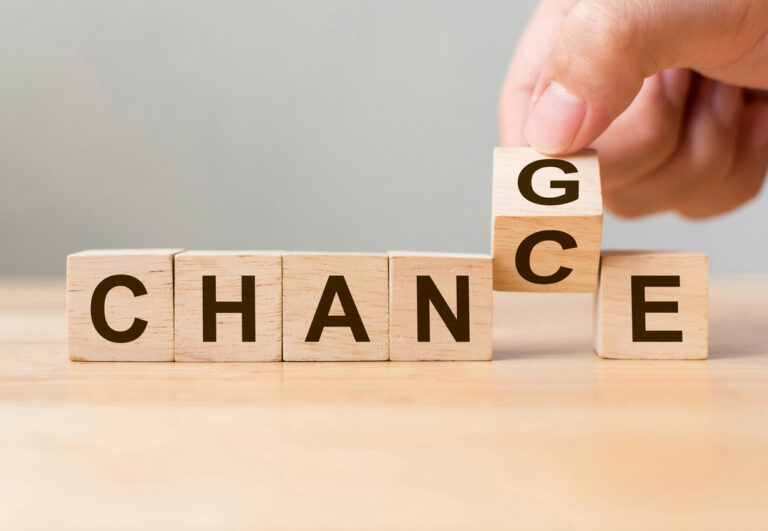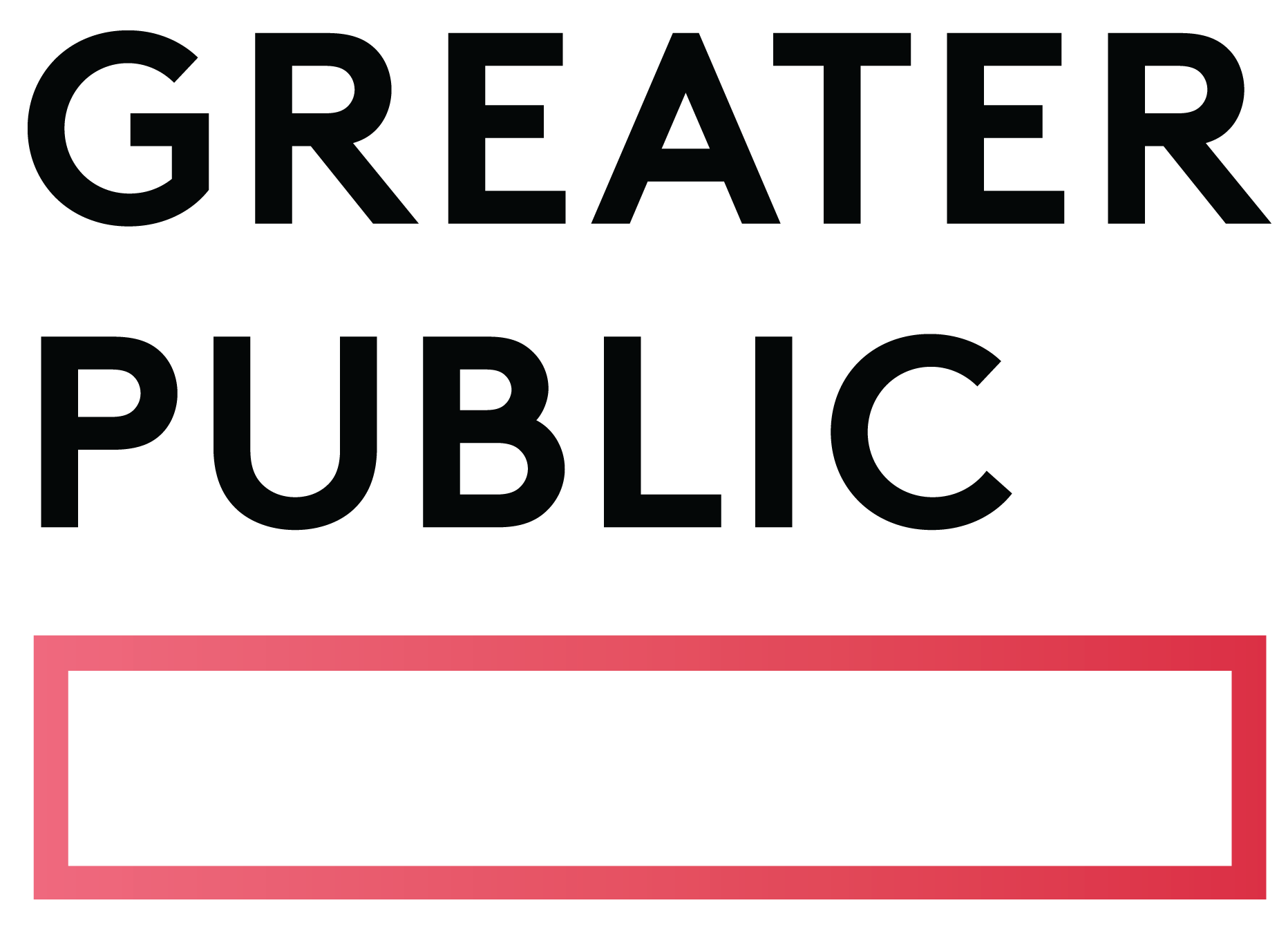Related Articles
Subscribe to the Greater Public newsletter to stay updated.
This site is protected by reCAPTCHA and the Google Privacy Policy and Terms of Service apply.

In the ongoing effort to protect public media and the community services we all value, one truth is becoming increasingly clear: We must prepare for multiple outcomes — including the difficult ones.
At a recent cross-sector advocacy meeting — where leaders from news, public media and grassroots nonprofits gathered to address looming federal cuts — I offered a practical, if uncomfortable, question: What happens if the budget passes with the cuts intact? What’s our plan then?
A colleague responded gently, “Let’s not concede too early.”
That moment stayed with me — not because it was wrong, but because it reflected a meaningful difference in perspective. For many of us — particularly those from historically under-resourced or marginalized communities — these threats aren’t hypothetical. They’re familiar. They’re personal. They’ve already happened, and they’re already happening.
That’s why I share this reflection not to call anyone out, but to call people in.
We must call one another into a deeper, more inclusive advocacy conversation — one that centers equity, shared responsibility and the lived expertise of people on the front lines. It’s not just about strengthening policy arguments — it’s about building coalitions that reflect the full breadth of America’s communities.
At the National Federation of Community Broadcasters, where I serve as CEO, we represent 200 community media stations across the country. Fifty-seven percent of these stations operate on budgets under $100,000. Sixty-three percent serve rural areas. And nearly all serve communities that are too often left out of the national conversation.
These are not just media outlets. They’re lifelines.
Our member stations support immigrant families navigating U.S. Immigrations and Custom Enforcement raids, cover school districts grappling with education cuts, and uplift Indigenous communities demanding visibility. They provide public health updates where broadband is scarce and offer affirming, fact-based coverage for LGBTQIA+ and disabled audiences too often misrepresented or ignored by mainstream outlets.
They are trusted messengers because they are embedded in the very communities most impacted by disinvestment, misinformation and political volatility.
The proposed cuts to the Corporation for Public Broadcasting and the Public Radio Satellite System threaten to silence these stations. That’s why we must speak out — and plan ahead. Not because we’ve lost hope, but because we care too much not to be ready.
Advocacy looks different depending on where you stand. And for those of us whose communities have experienced exclusion — whether due to race, gender identity, immigration status, ability or geography — this work is not abstract. It’s generational, embodied and deeply emotional.
Preparing for worst-case scenarios is not fearmongering. It’s responsible. It’s respectful of what many communities are already navigating. It’s also a form of care — for our teams, our neighbors and all those we serve.
That’s why we must welcome and center the perspectives of those most affected — not just after the fact, but in the planning stages. Lived experience is not only valid — it’s vital for designing responsive and resilient strategies.
As we continue this work together, here are seven guiding principles I believe can help all of us, especially those with positional power to build more inclusive and durable movements:
In this era of political uncertainty, shrinking funding and rampant disinformation, we must embrace a broader view of leadership — one that includes contingency planning as a form of stewardship, not surrender.
We need more spaces where BIPOC, LGBTQIA+, disabled, immigrant and rural leaders are not just present but heard, trusted and supported. We need to welcome those newer to the work, while listening deeply to those who’ve been in it longest.
We need strategy — and we need hope.
At NFCB, we are choosing both. And we invite you to join us.
This article was first published in Current on June 10, 2025.

View these related member resources and more with a Greater Public membership:
This site is protected by reCAPTCHA and the Google Privacy Policy and Terms of Service apply.
New to Greater Public? Create an account.
